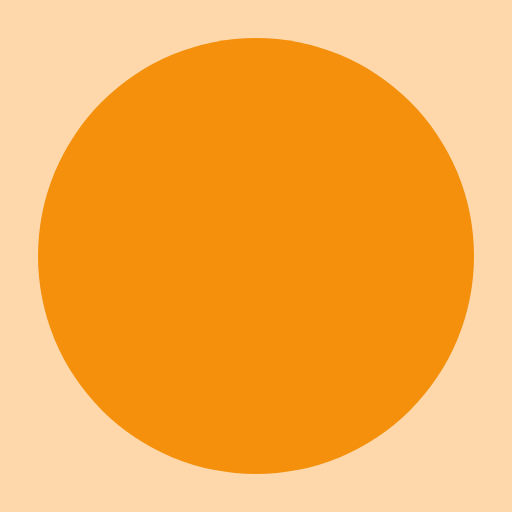
Completed 2024.05.27
Duration: indefinite
Ensemble: Csound
Sound Bath is meditative sound work available at:
https://kunstmusik.github.io/sound-bath
It is a WebAudio Csound project that can be installed for offline use as a Progressive Web Application. Source code is available at:
https://github.com/kunstmusik/sound-bath
Technical Information
The project started its life as a live coding session that I later worked into a web application. CSD files in the root can be used to render the project with desktop Csound in realtime and to disk. Hopefully the project may be useful for others creating their own Web Csound projects.
Rendered Example
A 4-hour rendered excerpt is available below:
